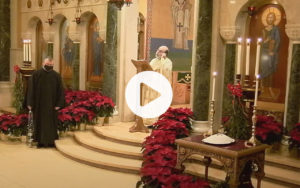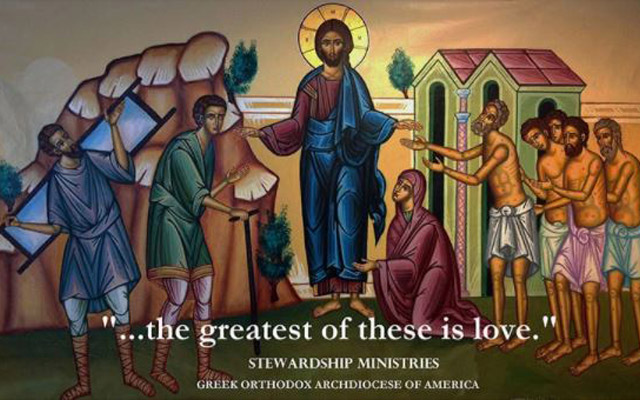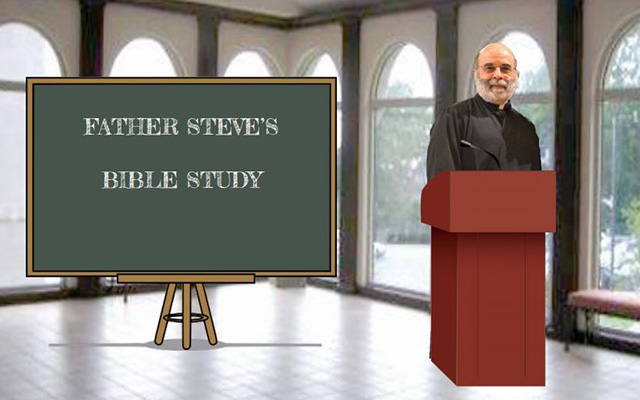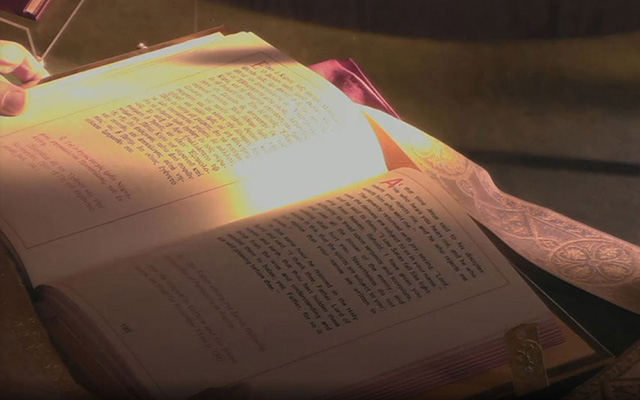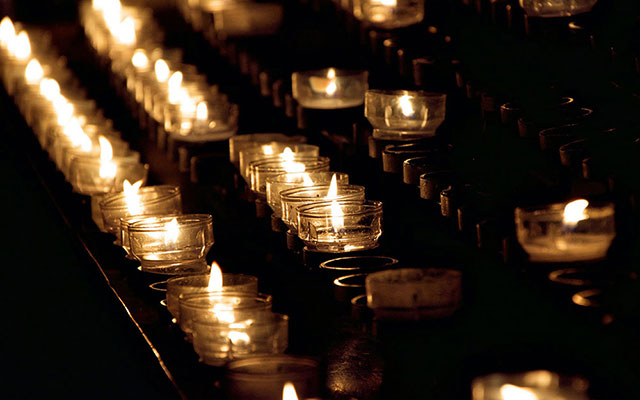The Cell, Meeting God and Ourselves (Part III)
The Cell “The anchorite leaves the world and travels toward the desert. There he builds the cell of his repentance, the place of his rebirth, where he settles.” [6] The Physical Environment of the Cell As we have seen, the cells of the desert monks, both male and female, were often caves or built onto caves, portions of abandoned forts or villages, tombs carved into rock cliffs, natural rock formations, simple hand-built dwellings within or


